Home>Articles>How Long Do You Steam Green Beans In A Steamer
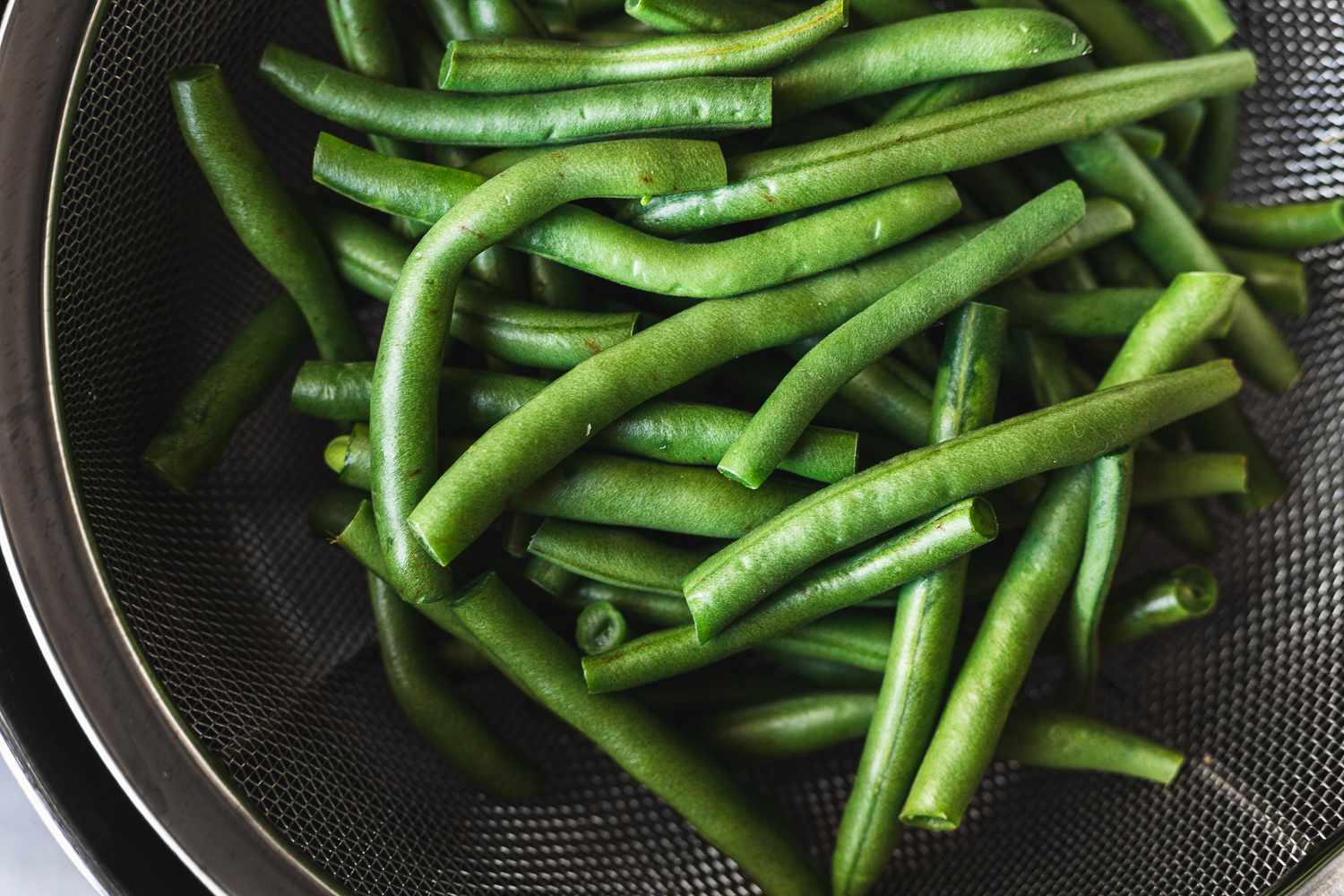

Articles
How Long Do You Steam Green Beans In A Steamer
Modified: January 6, 2024
Learn how Articles can help you steam green beans to perfection in a steamer. Discover the ideal steaming time for delicious, tender green beans.
(Many of the links in this article redirect to a specific reviewed product. Your purchase of these products through affiliate links helps to generate commission for Storables.com, at no extra cost. Learn more)
Introduction
Welcome to this comprehensive guide on steaming green beans. If you’re a fan of this nutritious vegetable and want to learn the best techniques for steaming it to perfection, you’ve come to the right place. Steaming is a popular cooking method that helps to preserve the vibrant color, crisp texture, and delicate flavor of green beans. Not only does steaming retain more of the nutrients compared to other cooking methods, but it also requires very little effort and time.
In this article, we will explore the basics of steaming green beans, including the ideal steaming time and various factors to consider for the best results. Whether you’re a beginner in the kitchen or a seasoned cook looking for some new tips and tricks, this guide will provide you with all the information you need to achieve perfectly steamed green beans every time.
So, let’s dive in and discover the secrets to steaming this versatile and delicious vegetable!
Key Takeaways:
- Steaming green beans preserves their vibrant color, crisp texture, and natural flavors. Factors like size, freshness, and equipment quality affect the ideal steaming time, typically ranging from 6 to 10 minutes.
- Testing for doneness is crucial when steaming green beans. Use texture, color, taste, visual inspection, and internal temperature to ensure they are cooked to perfection. Apply tips and tricks to elevate your steamed green bean dishes.
Read more: How Long Do You Steam Broccoli In A Steamer
Steaming Green Beans: The Basics
Steaming green beans is a simple yet effective method to cook them while maintaining their vibrant color, crisp texture, and natural flavors. The process involves using steam to gently cook the vegetables, resulting in a nutritious and delicious dish.
To get started with steaming green beans, you will need a steamer basket or a steamer insert that fits into a pot. Fill the pot with about an inch or two of water, making sure it does not touch the bottom of the steamer basket. Place the green beans in the steamer basket, making sure they are in a single layer and not overcrowded. This allows the steam to circulate evenly and cook the beans uniformly. Cover the pot with a lid to trap the steam.
The next step is to bring the water to a boil over medium-high heat. Once the water reaches a rolling boil, reduce the heat to medium-low to maintain a gentle simmer. The steam will gradually cook the green beans, giving them a tender-crisp texture.
The cooking time for steaming green beans can vary depending on personal preference and the thickness of the beans. It typically ranges from 6 to 10 minutes. It’s important to periodically check the beans for doneness to avoid overcooking. You can also taste a bean to assess its texture and adjust the cooking time accordingly.
Once the green beans are cooked to your liking, remove them from the steamer basket and transfer them to a bowl of ice water. This stops the cooking process and helps to retain their vibrant green color.
Steamed green beans can be seasoned in various ways to enhance their flavor. They pair well with a simple sprinkle of salt and pepper, or you can add a drizzle of olive oil, a squeeze of lemon juice, or a sprinkle of your favorite herbs and spices. Get creative and experiment with different seasoning combinations to find your perfect flavor profile.
Now that you understand the basics of steaming green beans, let’s delve into the factors that can affect the cooking process and the recommended steaming time for optimal results.
Factors to Consider
When steaming green beans, several factors can influence the cooking process and the final outcome. It’s important to take these factors into account to ensure perfectly steamed green beans each time you cook. Here are some key factors to consider:
- Green Bean Size: The size of the green beans can affect the cooking time. Thicker green beans will take longer to steam compared to thinner ones. Keep this in mind when determining the appropriate steaming time.
- Freshness of Green Beans: Fresh green beans will steam more evenly and have a better texture than older beans. Look for bright green beans that are firm and free from blemishes. If you have access to freshly picked green beans, they will yield the best results.
- Uniformity: To ensure even cooking, it’s important to choose green beans that are similar in size and thickness. This will help them cook at the same rate and prevent some beans from being undercooked while others become overcooked.
- Steaming Equipment: The type and quality of your steaming equipment can impact the cooking time and the end result. Make sure to use a high-quality steamer basket or steamer insert that allows for proper airflow and even distribution of steam. This will help to prevent uneven cooking and ensure consistent results.
- Altitude: If you live at a high altitude, you may need to adjust the steaming time for your green beans. Higher altitudes can affect the boiling point of water and, consequently, the cooking time. Consult a reliable cooking guide or make slight adjustments based on your experience to adapt to the altitude.
By considering these factors and making the necessary adjustments, you can achieve perfectly steamed green beans that are tender yet still retain a satisfying crunch. Next, let’s discuss the recommended steaming time for green beans.
Recommended Steaming Time
The recommended steaming time for green beans can vary depending on their size, freshness, and personal preference. However, as a general guideline, green beans typically require around 6 to 10 minutes of steaming.
For thicker green beans, you may need to steam them for the longer end of the spectrum to ensure they are cooked through. Thinner green beans, on the other hand, will require less time.
To determine the ideal cooking time for your green beans, it’s best to begin checking for doneness around the 6-minute mark. Use a pair of tongs or a fork to carefully remove a green bean from the steamer basket. Take a bite to assess its texture. The green beans should be tender yet still have a pleasant crunch. If they are overly crunchy or too firm, continue steaming for another minute or two and test again.
It’s important to avoid overcooking the green beans, as they can become mushy and lose their vibrant color and appealing texture. Remember that the beans will continue to cook slightly even after you remove them from the steam due to residual heat, so it’s better to slightly undercook them than to overcook them.
As you gain experience with steaming green beans, you will be able to adjust the cooking time to suit your preference and the specific characteristics of the beans you are cooking. The goal is to achieve a balance between tender and crisp green beans that are enjoyable to eat.
Now that you have a good understanding of the recommended steaming time, let’s explore how to test for doneness and ensure your green beans are cooked to perfection.
Steam green beans for 5-7 minutes in a steamer until they are tender but still crisp. Be sure to check them periodically to avoid overcooking.
Testing for Doneness
Testing for doneness is an essential step when steaming green beans to ensure they are cooked to perfection. Here are a few simple methods you can use to determine if your green beans are done:
- Texture Test: Use a pair of tongs or a fork to carefully remove a green bean from the steamer basket. Allow it to cool slightly and take a bite. The green bean should be tender yet still have a slight crunch. If it’s too firm or overly crunchy, it needs more time to steam. If it’s mushy or too soft, it has been overcooked.
- Color Test: Steamed green beans should have a vibrant green color. If they appear dull or have turned olive or grayish in color, it’s an indication that they are overcooked. On the other hand, if the green beans are still very bright and have a vibrant hue, they may need some more steaming time.
- Taste Test: Green beans should taste fresh and have a slightly sweet yet earthy flavor when properly steamed. If they taste bland or have a dull flavor, they might have been steamed for too long. On the contrary, if they taste raw or too crunchy, they need more steaming time.
- Visual Inspection: Take a close look at the green beans. They should appear plump and crisp, with a slight bend when you hold them. Avoid limp or wilted green beans, as these are signs of overcooking or using old beans.
- Internal Temperature: For a more accurate assessment of doneness, you can use a food thermometer to measure the internal temperature of a green bean. The ideal temperature range for cooked green beans is around 160°F to 180°F (71°C to 82°C).
By using one or a combination of these methods, you can determine the optimal cooking time for your green beans and ensure they are cooked to your preference. Remember that practice makes perfect, and with experience, you will develop a better sense of the ideal doneness for steamed green beans.
Now that you know how to test for doneness, let’s explore some helpful tips and tricks to enhance your steaming experience and achieve the best results with green beans.
Tips and Tricks for Steaming Green Beans
Steaming green beans is a straightforward process, but these tips and tricks can help you take your steamed green beans to the next level:
- Trimming Green Beans: Before steaming, trim the ends of the green beans. This helps to remove any tough or woody parts and ensures even cooking.
- Salt in the Water: Add a pinch of salt to the water in the pot before steaming the green beans. This can help to enhance their natural flavors.
- Seasoning Options: Experiment with different seasonings to enhance the flavor of your steamed green beans. Some popular options include garlic powder, onion powder, lemon zest, parmesan cheese, or a sprinkle of your favorite herbs and spices.
- Steaming Time Variations: If you prefer your green beans to be more tender, you can increase the steaming time slightly. Conversely, if you prefer them to have more crunch, reduce the steaming time. Remember to test for doneness to achieve your desired texture.
- Serving Suggestions: Steamed green beans can be enjoyed on their own as a side dish or used in various recipes. Consider adding them to stir-fries, salads, pasta dishes, or as a topping for grain bowls. They also pair well with a simple vinaigrette or creamy sauce.
- Storing Steamed Green Beans: If you have leftover steamed green beans, store them in an airtight container in the refrigerator. They will last for a few days and can be easily reheated or enjoyed cold in salads and wraps.
- Frozen Green Beans: If you’re using frozen green beans, follow the package instructions for steaming time. Frozen green beans usually require a slightly longer steaming time compared to fresh ones.
- Variations: While steaming green beans alone can be delicious, you can also incorporate other ingredients to add more flavor and variety. Consider steaming them with sliced garlic, lemon slices, or even a sprinkle of red pepper flakes for a hint of spice.
By applying these tips and tricks, you can elevate your steamed green beans from simple to sensational. Don’t be afraid to get creative and adjust the seasoning and cooking time to suit your taste preferences. Enjoy the process of steaming green beans and discover the endless possibilities they offer.
Now that you’re armed with valuable information and techniques on steaming green beans, you can confidently prepare this nutritious vegetable in a way that brings out its best flavors and textures. Happy steaming!
Conclusion
Steaming green beans is a wonderful and healthy way to cook this versatile vegetable. By using steam to gently cook the beans, you can preserve their vibrant color, crisp texture, and natural flavors. Whether you’re a beginner in the kitchen or a seasoned cook, mastering the art of steaming green beans opens up a world of culinary possibilities.
In this comprehensive guide, we have covered the basics of steaming green beans, including the equipment needed and the steaming process. We discussed important factors to consider, such as the size and freshness of the green beans, as well as recommended steaming times. Remember, steaming times may vary depending on personal preference and the specific characteristics of the green beans you are cooking. Be sure to test for doneness by checking the texture, color, and taste of the beans.
To enhance your steaming experience, we shared some valuable tips and tricks, such as trimming the green beans before steaming, adding seasonings to elevate the flavor, and exploring different serving suggestions. We also provided insights for handling frozen green beans and incorporating variations to add more excitement to your steamed green bean dishes.
By mastering the art of steaming green beans, you can enjoy a nutritious and delicious side dish that complements a variety of meals. From stir-fries to salads, pasta dishes to grain bowls, steamed green beans offer versatility and a vibrant pop of color to any plate.
Remember, practice makes perfect. As you gain experience in steaming green beans, you will develop a better sense of the ideal cooking times and variations that suit your personal taste. Don’t be afraid to get creative and experiment with different flavors and seasonings to truly make this humble vegetable shine.
So, what are you waiting for? Grab your steamer basket, some fresh green beans, and start steaming. With the knowledge and tips provided in this guide, you are well-equipped to create delicious and nutritious steamed green bean dishes that will impress your family and friends.
Now go forth and enjoy the process of steaming green beans to perfection. Happy cooking!
Frequently Asked Questions about How Long Do You Steam Green Beans In A Steamer
Was this page helpful?
At Storables.com, we guarantee accurate and reliable information. Our content, validated by Expert Board Contributors, is crafted following stringent Editorial Policies. We're committed to providing you with well-researched, expert-backed insights for all your informational needs.

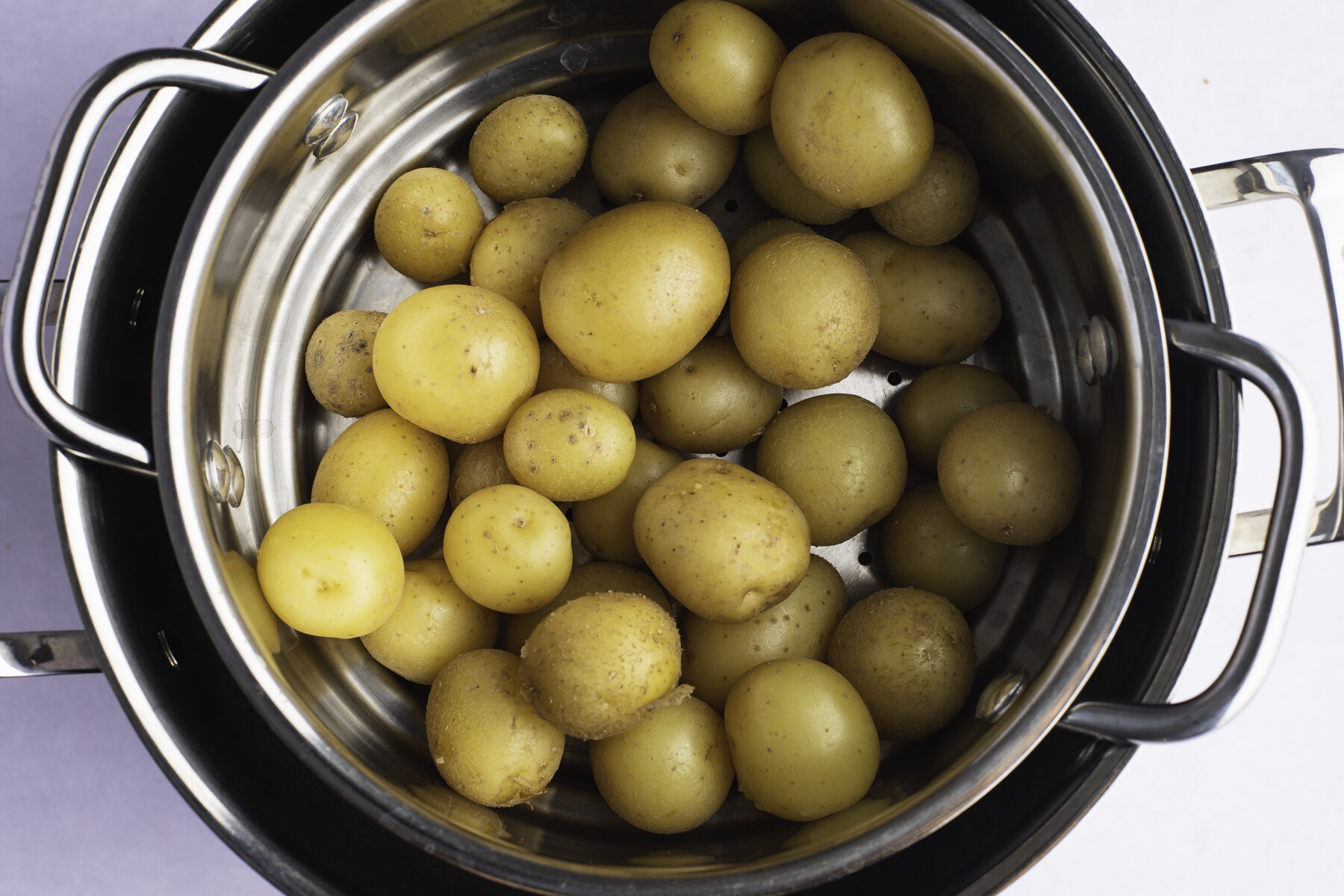



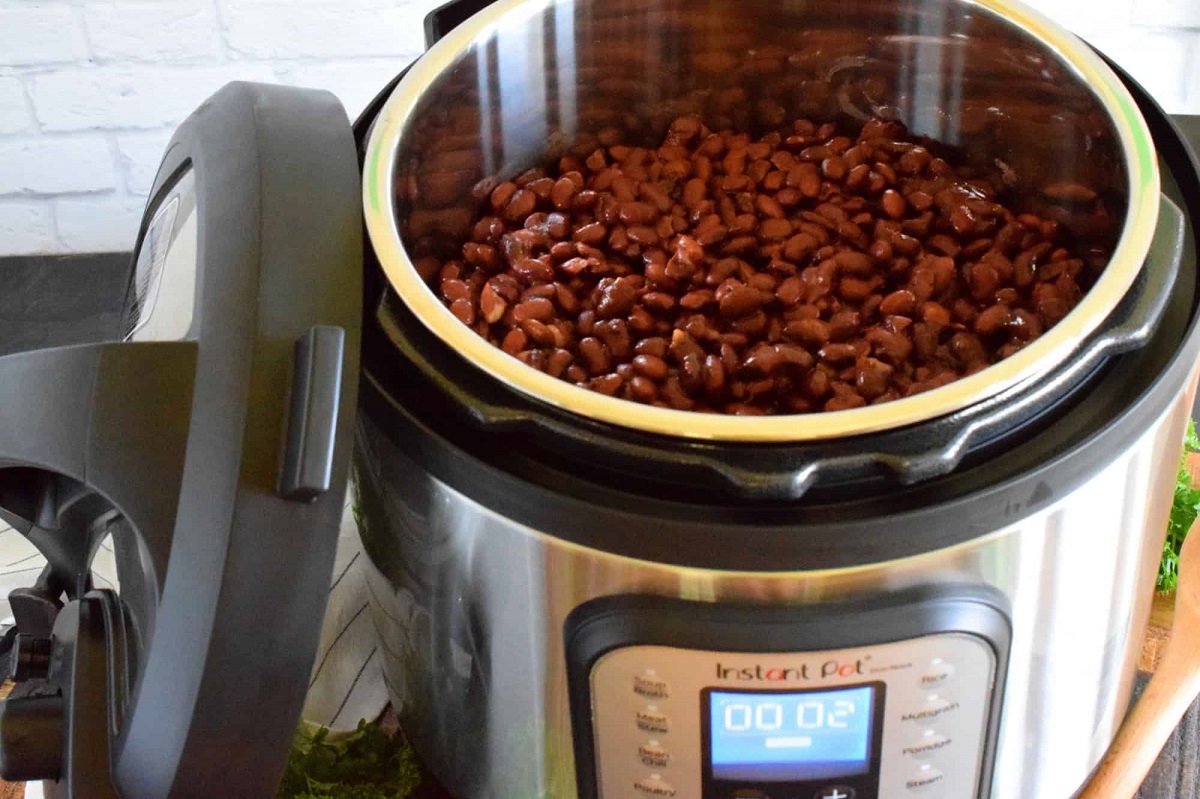

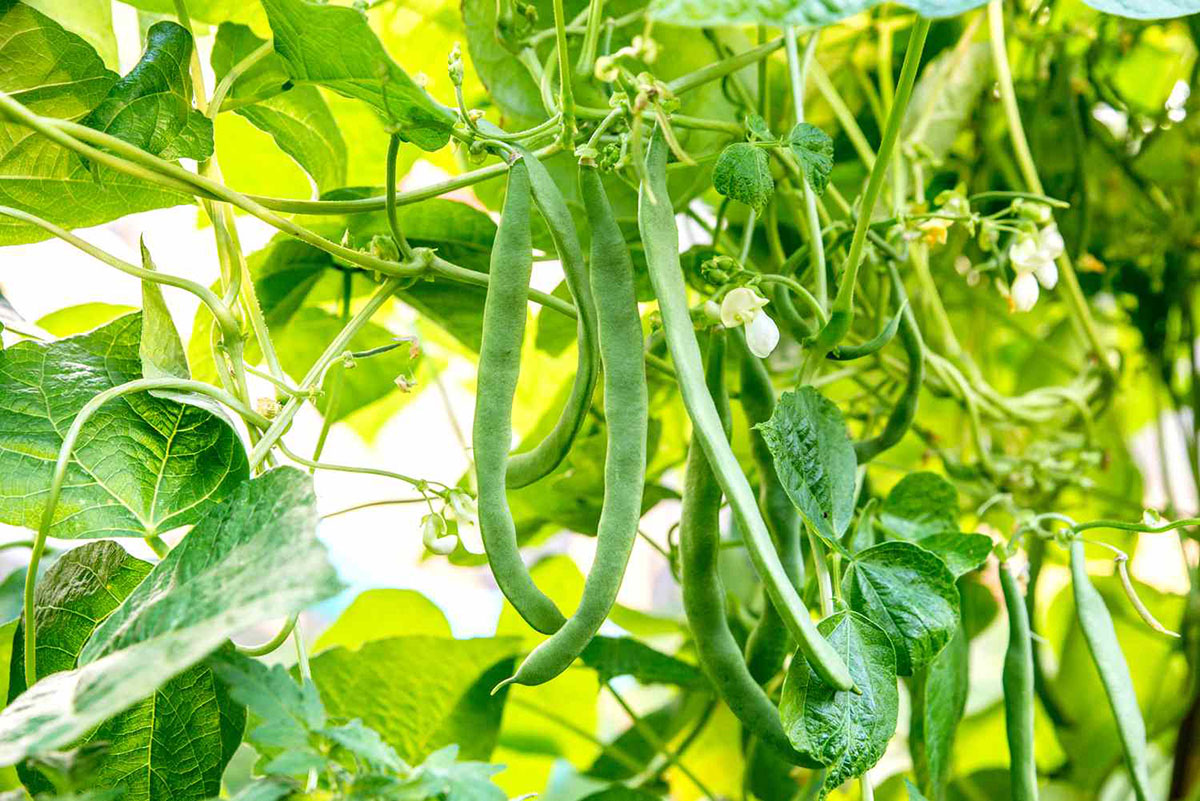


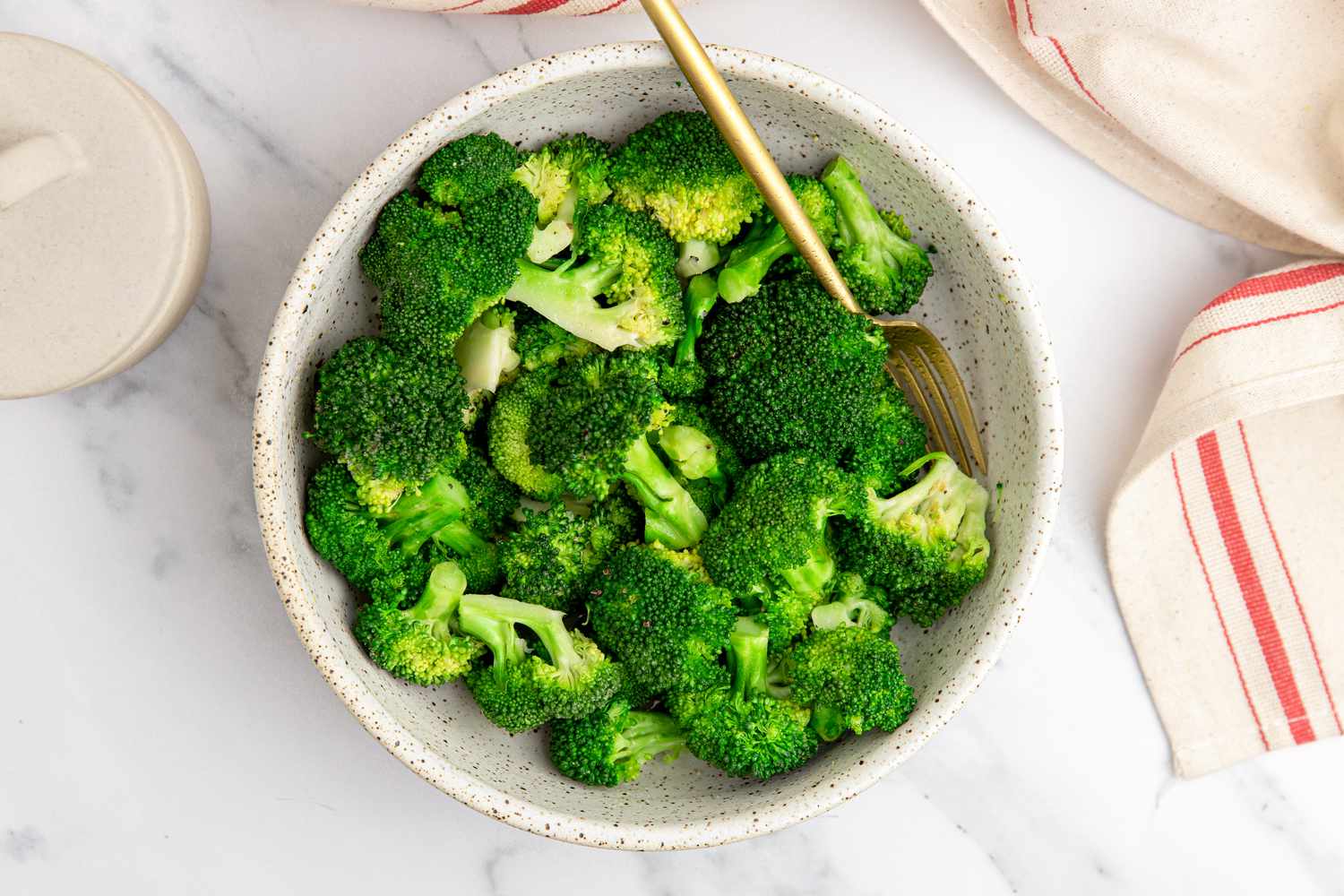
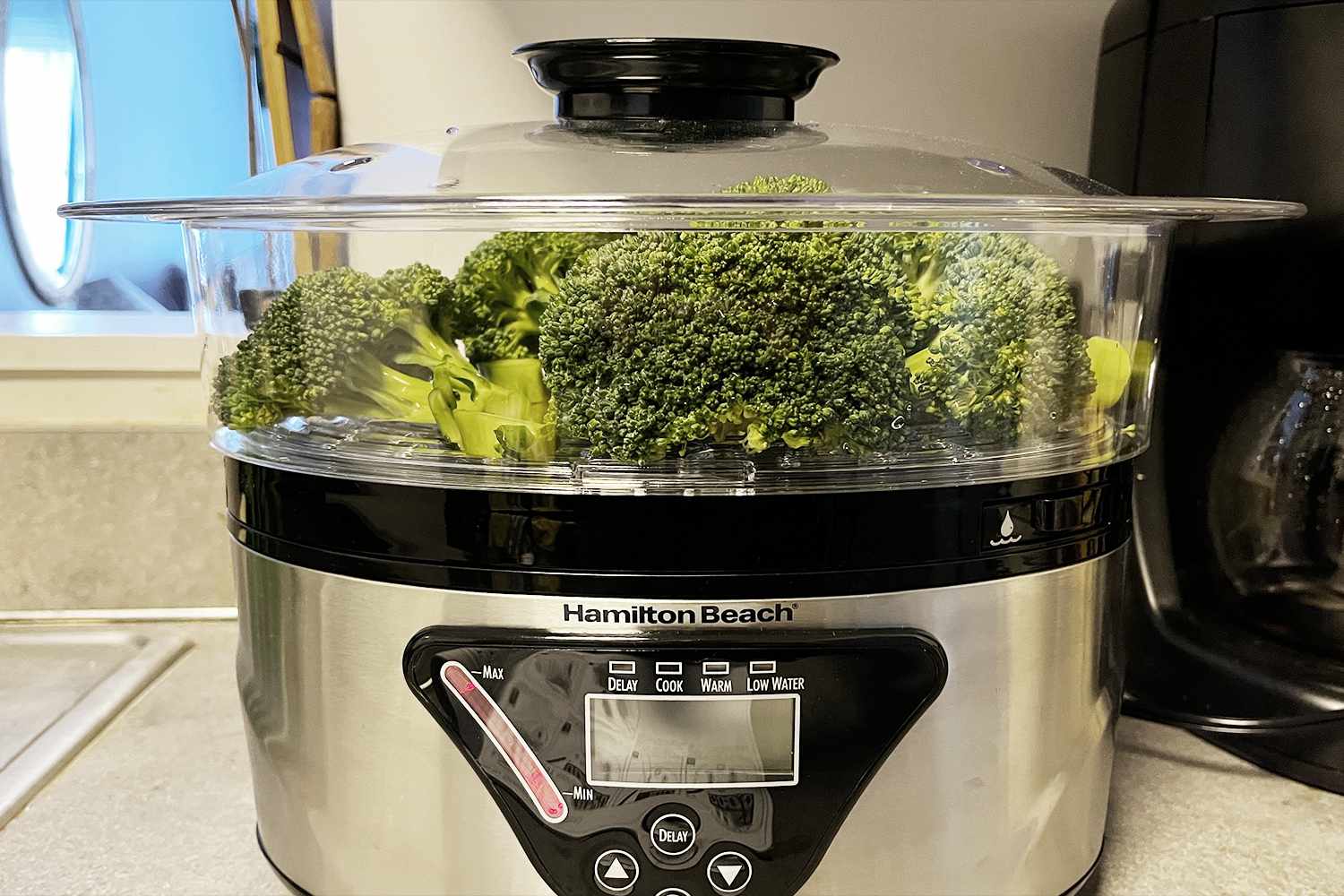
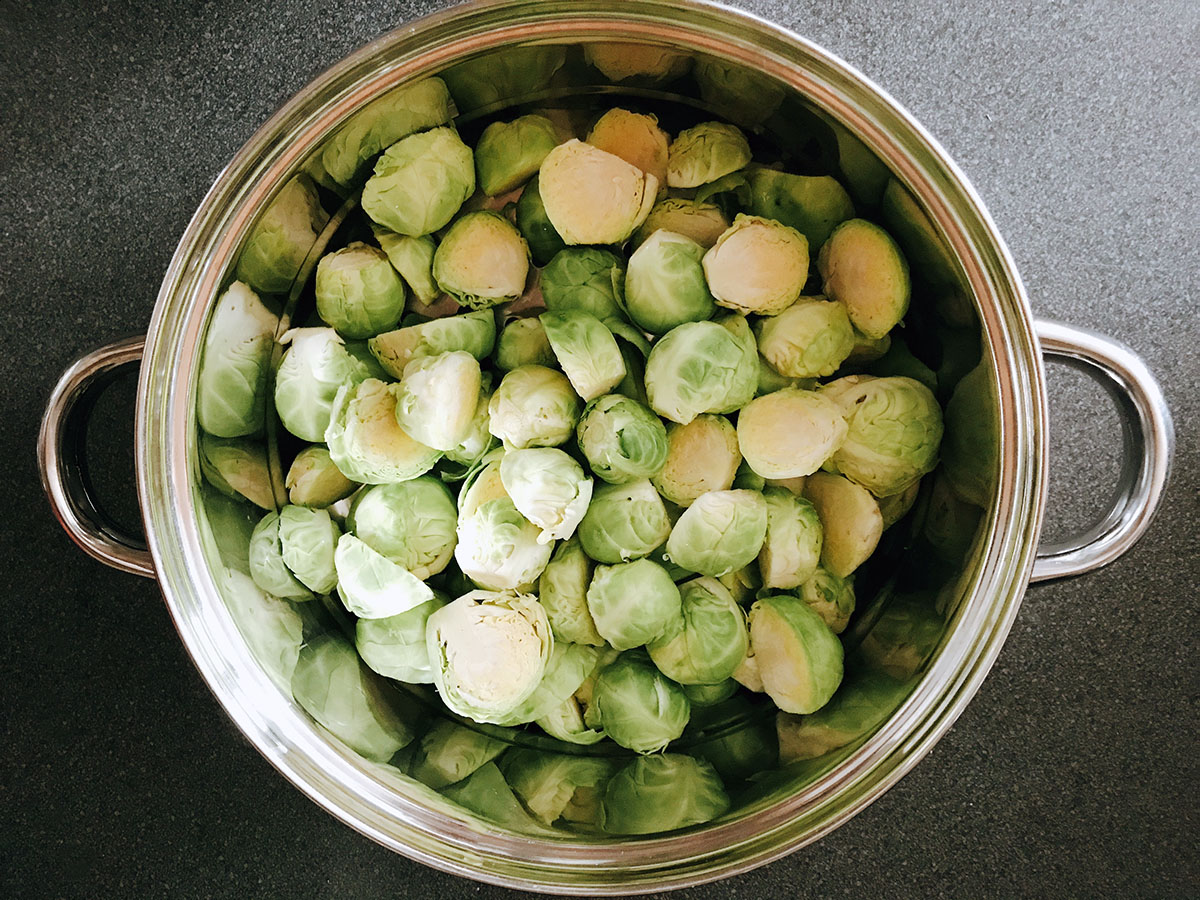
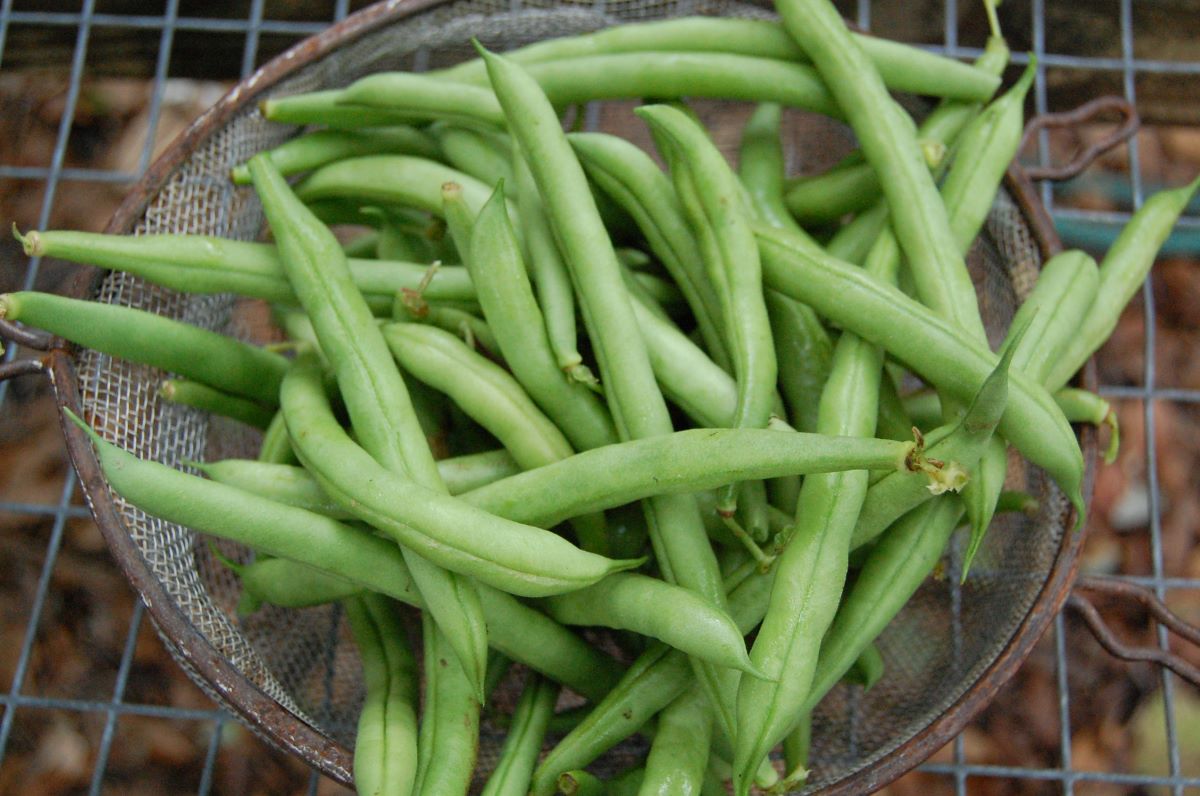

0 thoughts on “How Long Do You Steam Green Beans In A Steamer”